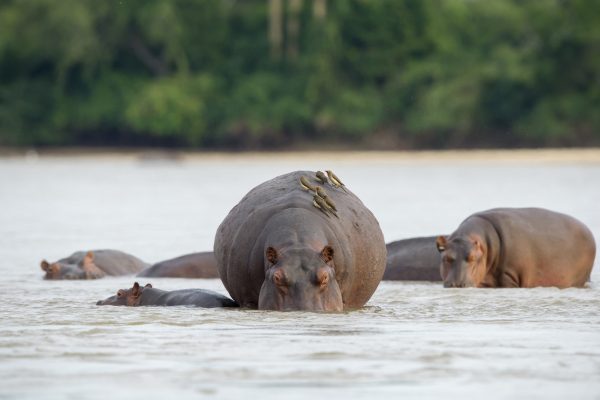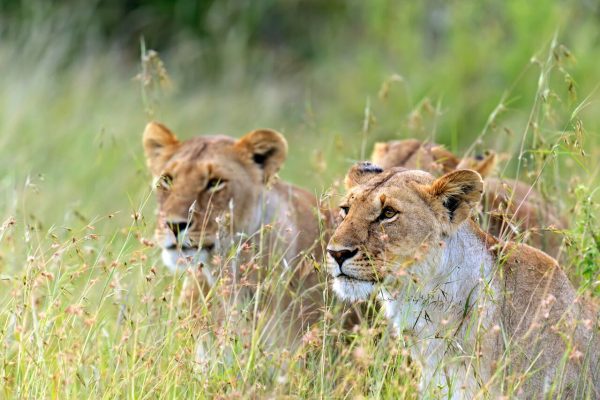Nyerere (Selous) NP
Overview
This is the Africa’s Largest National Park! The Park with staggering size of 30,893km2 host one of the world’s largest concentration of wildlife. The collection of wildlife both in diversity and abundance is just remarquable! Visitors to this vast sanctuary will be able to see astounding volume of wildlife both rare and common species.
The park host the famous ‘’Big Five’’ and some rare species of antelopes like Roan Antelope, Brindled Gnu, Lichtenstein hartebeest, roan, and sable antelopes, Kudu etc.
Summary
Tick off your bucket list with these
Tanzanian experiences
Immerse yourself in the culture, exploring local cuisines, wandering the markets, learning a new language or snorkelling in the depths of the Indian Ocean - all whilst being surrounded by untouched nature and pristine sandy beaches.
Safari book nowAttractions
Nyerere National Park has numerous attractions that visitors to the place can enjoy. Some of the best attractions in the Park include the ability to see the big Five, Large concentrations of elephants and Hippos. The Rufiji River full of abundant wildlife, Largest population of African wild dogs to mention but a few. The Park is also endowed with beautiful and scenic landscapes that add to the beauty of this majestic place.




